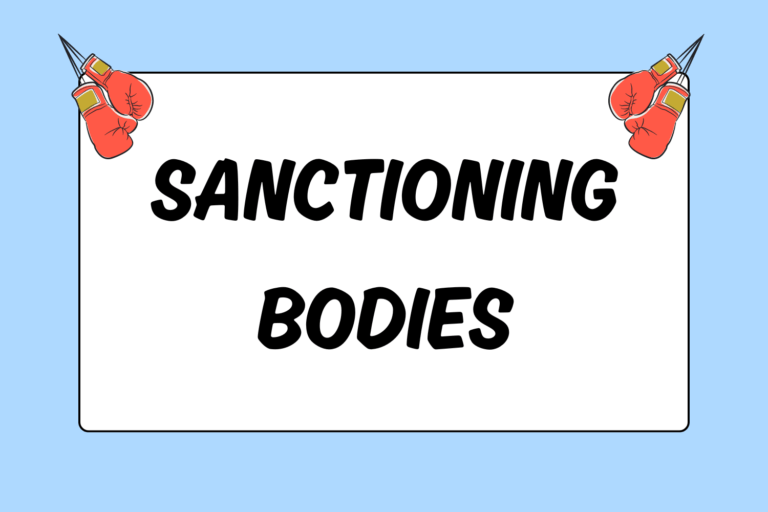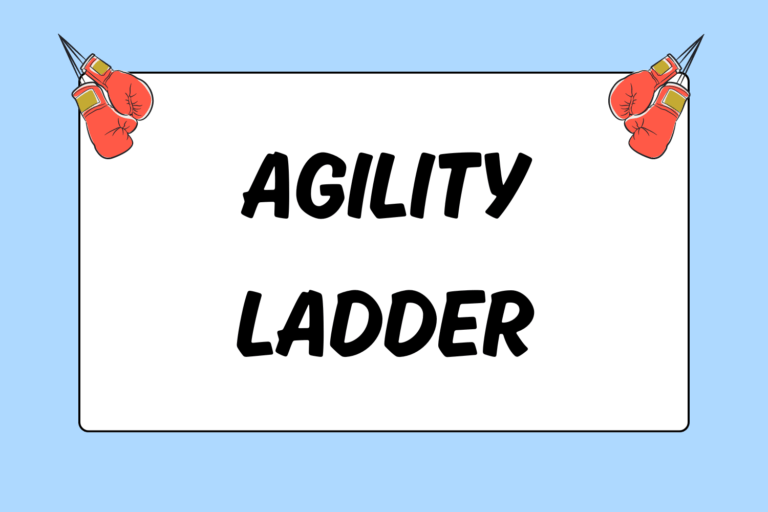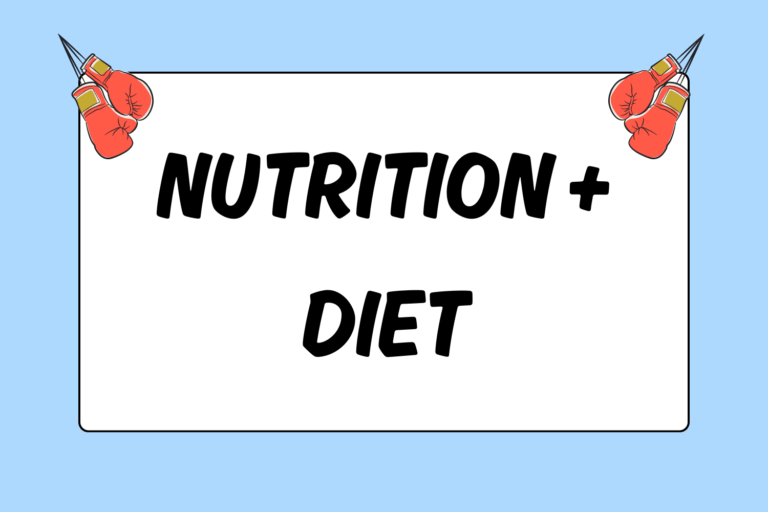Hand speed often distinguishes the two competitors in the ring. The boxer who can throw three punches to his opponent’s one should have an easy time winning the bout, barring a knockout. Some people argue that speed is a natural gift. Sure, speed comes naturally for some. Hand speed can be improved, though, no matter how naturally gifted, or ungifted, you may be. This guide discusses some fundamental steps you can take in order to improve the speed of your punches.
Equipment for the Cause
Breathing is the easiest way to improve the fluidity and speed of your punch combinations. Exhale with each punch as you move throughout your routine. Each of the following sections focuses on different ways to improve your hand speed while engaging in an otherwise normal workout.
Jump Rope
The jump rope offers numerous benefits, and it’s commonly used for the following purposes:
- Warm-ups and cool downs
- Footwork and coordination
- Conditioning
The rope’s role in improving shoulder endurance is rarely questioned; however, its role in improving hand speed puzzles many people at first. Hand speed depends on various muscles throughout the body, though, and the muscles in the upper back and shoulders are crucial. The fast-twitch muscle fibers in your shoulders and upper back are triggered when you sprint with your rope, mimicking their role as you throw fast punches. Incorporating some sprint work in your jump-rope routine improves your hand speed.
Weights
Many boxers avoid weight training because they fear that adding muscle will slow them down and lead to unnecessary weight gain. When used properly, though, weight training can actually increase your speed. In addition, you should recognize that weight gain will be minimal as long as you lift in moderation, include cardio in your workout, and maintain a healthy diet.
Shadowbox until you feel loose, and then introduce light weights into your routine. One- or two-pound weights are all you need to increase the difficulty while enabling your fast-twitch muscles. Maintain proper form while punching, and do your best to keep your punches quick and your combinations fluid. The added resistance will strengthen your shoulders and back, thus increasing the speed of your punches once you drop the weights.
Hot Tip: Use Heavier Gloves
Heavier gloves make for a more difficult workout, as the added weight tires out your arms faster. Wearing heavier gloves provides similar benefits as holding light-weight dumbbells as you shadowbox, but you can use gloves in various exercises like the heavy bag, mitts, or sparring. Most boxers train with 14- or 16-ounce gloves, so 18- or 20-ounce gloves should do the trick.
Double-end Bag
The double-end bag is arguably the best tool for hand speed and hand-eye coordination. Boxers often run straight to the speed bag with hopes of improving hand speed. While the speed bag does develop the fast-twitch fibers in your shoulders and back, it doesn’t emphasize proper punching movements. The double-end bag makes training realistic to a fight, and it also improves your speed and timing.
Begin by jabbing and working around the bag. Once your jab feels comfortable, start throwing jab and cross combinations. Hand speed is not all about how quickly you punch — the skill also involves hand-eye coordination and timing. The double-end bag develops these abilities far better than any other piece of equipment. Skilled boxers are able to land six- to eight-punch combinations on the double-end bag.
Hot Tip: Core Strength
Punch speed mostly comes from the upper back and shoulders, but the entire body is involved as you punch. Your core is a major source of speed and power. By improving the rotational strength of your core with exercises such as bicycles and Russian twists, you inevitably increase your punch power and speed.
Focus Mitts
The focus mitts require a partner or trainer.
With focus mitts, you move around and engage your partner as if he were an opponent. The mitts give you the opportunity to improve your distance and combinations. To improve hand speed on the mitts, simply make speed your goal for several rounds. Work up to five- or six-punch combinations with speed as your main objective. Be sharp with your punches and follow your combinations with a quick pivot. Follow each pivot with another rapid combination.
Heavy Bag
In many cases, the heavy bag increases punch power. But the bag can also improve hand speed. Check out the workout below, which focuses primarily on developing quick hands:
- Push the bag so that it begins slowly swinging.
- Move forward and backward with the rhythm of the bag. Keep your distance consistent — about arm’s length from the bag.
- Throw straight punches each time the bag ascends. Employ your one-two combination as many times as you can before the bag begins to descend.
- Move backward as the bag descends.
- Use your straight punches once again on the bag’s ascent.
- After the described sequence becomes comfortable, incorporate circling and pivots. As the bag descends, move around it to the other side and throw more straight punches.
Speed Bag
As mentioned before, quick hands depend on timing and hand-eye coordination. Punch speed also relies on the ability of the fast-twitch muscle fibers in your shoulders and upper back. The speed bag — although it doesn’t require proper punch form — allows you to develop timing, hand-eye coordination, and fast-twitch muscle fiber engagement.
You develop speed on this piece of equipment by decreasing the circumference of circles you form as you hit the bag — not by throwing more powerful punches. You’re forced to be quicker in order to decrease the size of the circles.
Make it Your Goal
The aforementioned tips give you some insight into how your normal routine can be slightly tweaked once you have a specific goal in place. You can cater your workout to embrace any goal you set for yourself. Be creative, and always maintain your fundamentals.





